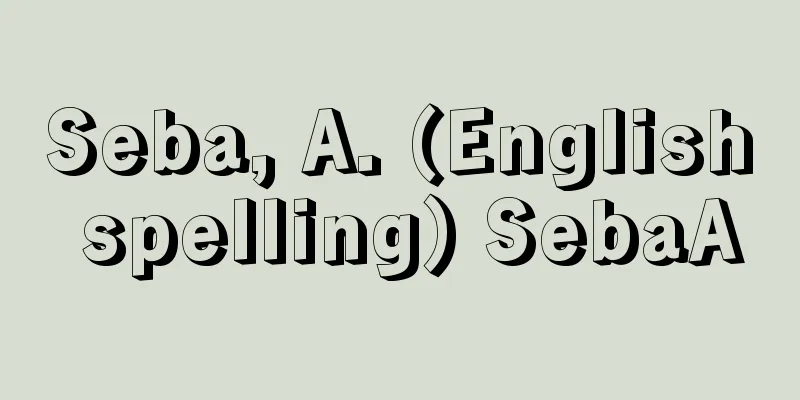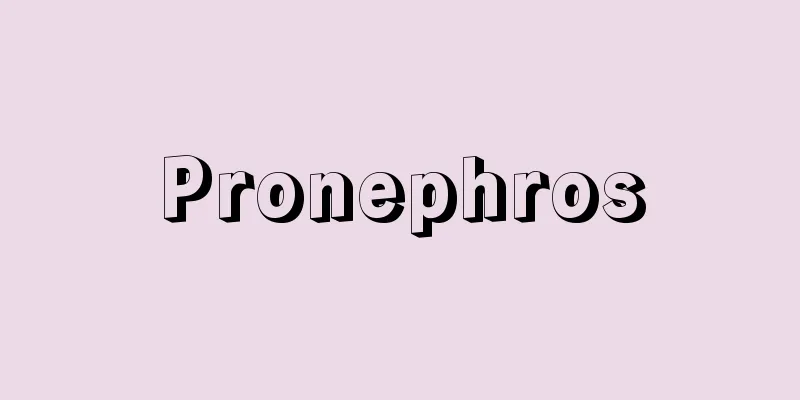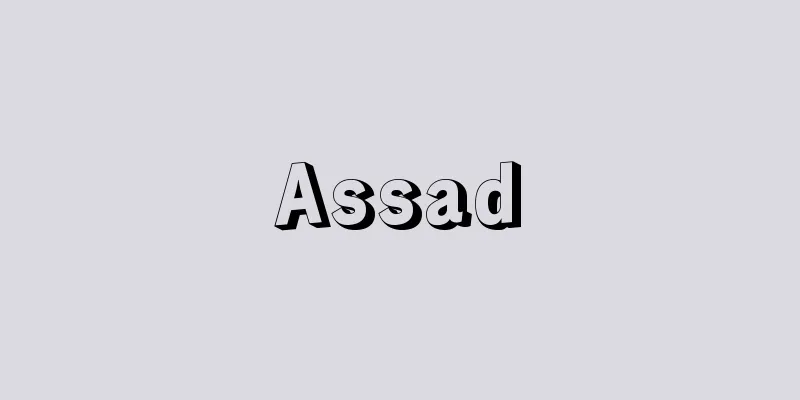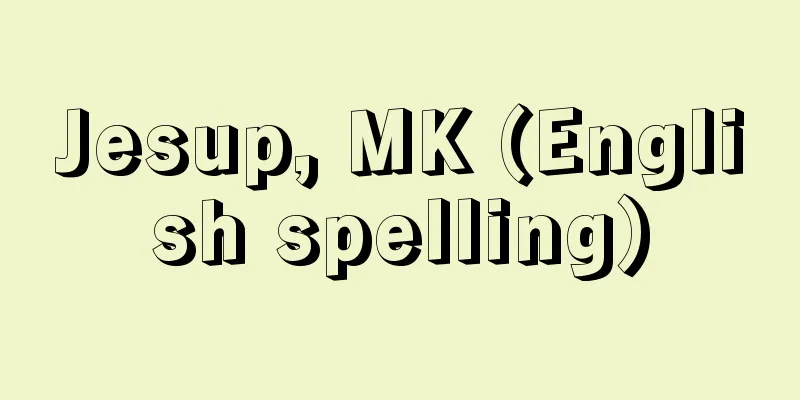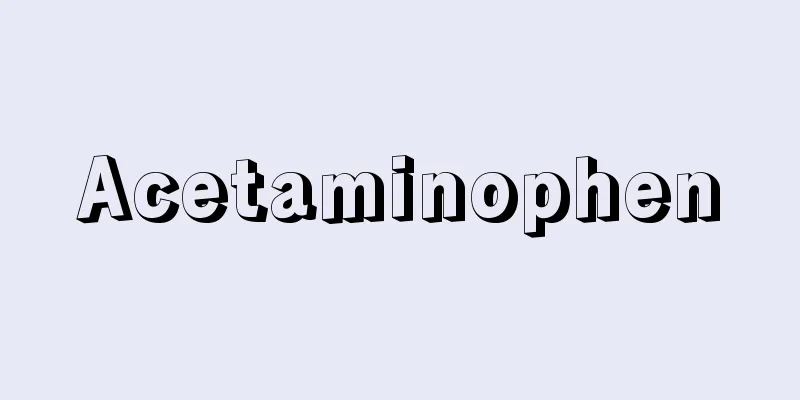International telegram - kokusaidenpo (English spelling) international telegram
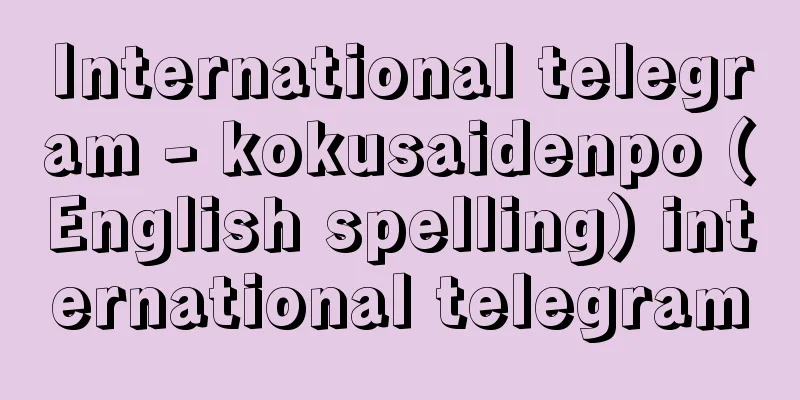
|
An international telecommunications service that sends and receives telegrams by connecting cities in Japan and other countries with international communication lines. In Japan, KDDI handles this telecommunications business under the Telecommunications Business Law. The telegrams are delivered to the recipient's address. Japan's international telegram service began in 1871 (Meiji 4) with the opening of the Nagasaki-Shanghai and Nagasaki-Vladivostok submarine telegraph cables, which were laid by the Great Northern Telegraph Company of Denmark under license from the Japanese government. Since then, international telegrams played a central role in international communication services for about 100 years, until the construction of broadband communication trunk lines for submarine coaxial cable communication and satellite communication. However, the number of international telegrams handled peaked at 6.02 million messages per year in 1969 (Showa 44), and has been gradually decreasing due to the spread and development of communication methods such as telephone, telex, facsimile, and email. There are various types of international telegrams (handling specifications) depending on the purpose and use. In addition to the "General Private Bulletin" for general use, there are also "Life Safety Telegrams," "United Nations Charter Telegrams" used by UN agencies, "Official Gazettes" used by government agencies, "Red Cross Telegrams" used by the International Red Cross, and "Weather Telegrams." The rates for international telegrams consist of a basic rate and an additional fee. Each rate is based on the number of words, and a paid word count is a word separated by spaces, or a group of letters and symbols. If the number of characters exceeds 10, one word is charged for every 10 characters. The rate per word is set by country, and special handling instructions, the addressee's name, and the signature are also included in the paid word count. Characters that can be used in international telegrams are limited to capital letters, numbers, and symbols (11 types, including commas, periods, hyphens, and question marks). Telegrams using Japanese and other characters, symbols, illustrations, etc. are handled by "Denpoppo," a telegram service provided by KDDI Evolva, a wholly owned subsidiary of KDDI. [Yoichi Takahashi] [Reference item] | | |Source: Shogakukan Encyclopedia Nipponica About Encyclopedia Nipponica Information | Legend |
|
日本と外国の都市間を国際通信回線で結んで電文を送受する国際通信サービス。電気通信事業法に基づく電気通信事業としては日本ではKDDIが取り扱っている。相手の住所まで配達される。日本の国際電報サービスは、1871年(明治4)デンマークの大北(たいほく)電信会社が日本政府の免許を受けて敷設した長崎―上海(シャンハイ)間および長崎―ウラジオストク間海底電信ケーブルの開通によって開始された。以来、海底同軸ケーブル通信、衛星通信の広帯域通信幹線が建設されるまでの約100年間、国際電報は国際通信サービスの中心的役割を果たしたが、1969年(昭和44)の年間取扱通数602万通をピークに、電話、テレックス、ファクシミリ、電子メールなどの通信手段の普及と発達により、漸次、減少傾向をたどっている。 国際電報は、利用目的、用途により、さまざまな種類(取扱指定)がある。一般に利用される「一般私報」のほか、「人命安全電報」、国連機関が利用する「国際連合憲章電報」、政府官庁が利用する「官報」、国際赤十字社が利用する「赤十字電報」、「気象電報」などがある。 国際電報の料金は、基本料金と追加料金で構成されている。それぞれ、語数に応じた料金となっており、有料語数はスペースでくぎられた単語、または文字・記号の集合体を1語とするが、10文字を超える場合は、10文字ごとに1語とする。1語の料金は国ごとに定められており、特別取扱指定、宛名(あてな)、および署名も有料語数に含まれる。 国際電報で使用できる文字は、大文字のアルファベット、数字および記号(コンマ、ピリオド、ハイフン、クエスチョン・マークなど11種類)に限られている。日本語やその他の文字、記号、イラストなどを使用した電文は、KDDIの100%子会社であるKDDIエボルバの電報サービス「でんぽっぽ」で取り扱っている。 [高橋陽一] [参照項目] | | |出典 小学館 日本大百科全書(ニッポニカ)日本大百科全書(ニッポニカ)について 情報 | 凡例 |
<<: International telephone call - kokusai denwa (English)
>>: International Telegraph and Telephone Corporation - Kokusai Denshin Denwa
Recommend
Okamoto Minetayu
1800-1882 A Joruri narrator from the late Edo to ...
Topknot under the crown - The origin of the crown
…Men's hairstyles were modeled on the customs...
Response conditioning
...The most basic and typical type of learning, a...
Livestock Insurance Law
...This system dates back to the Edo period, when...
Dhammalipi (English spelling)
…Brahmi script is believed to have been created b...
Instantaneous coal and gas outburst
A phenomenon in which powdered coal suddenly erup...
Kanon - Kanon
In music, sharp ray The notes that have not been a...
Surozhskoe more (English spelling)
…In Latin, it is called Palus Maeotis (meaning &q...
GARIOA EROA Fund - GARIOA EROA Fund
A general term for "Government and Relief in ...
Falsehood - Kyogi
It is a concept that corresponds to the English t...
Apios americana (English spelling) Apiosamericana
… [Hiroyoshi Ohashi]. … *Some of the terminology ...
Anṭūn Sa'āda (English spelling)
1912‐49 Lebanese politician. Born the son of a Gre...
Gaun's Daily Record
This is the diary of Zuikei Shuho, a Five Mountai...
Taymyr Peninsula (English spelling) Poluostrov Taymyr
A peninsula jutting out from north-central Russia...
Altdorfer (English spelling) Albrecht Altdorfer
German painter. His father is believed to be Ulri...



